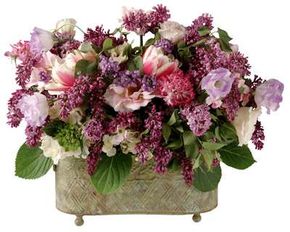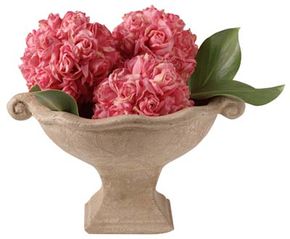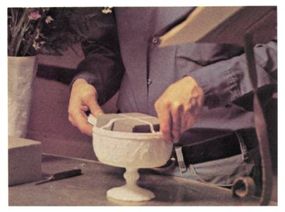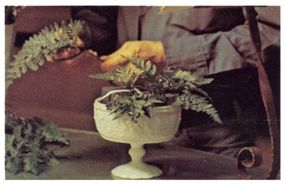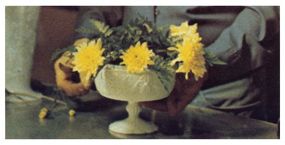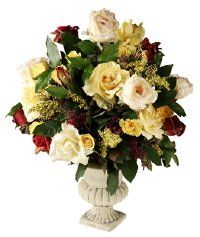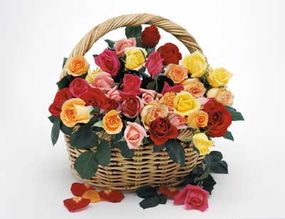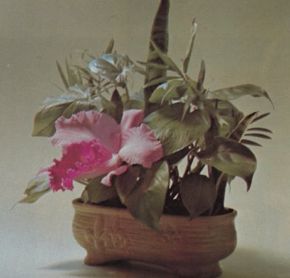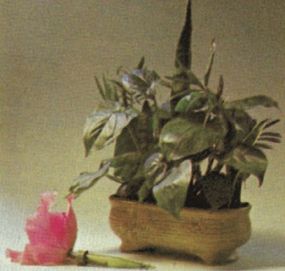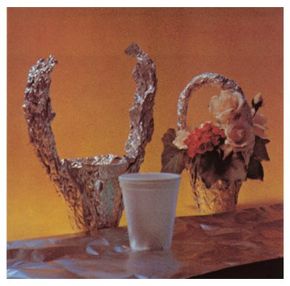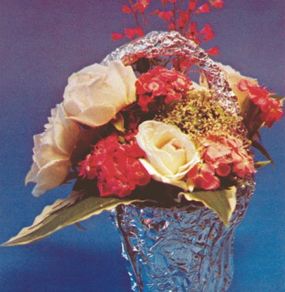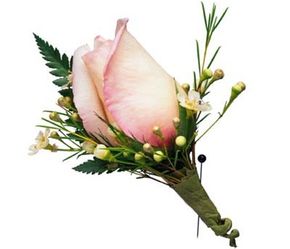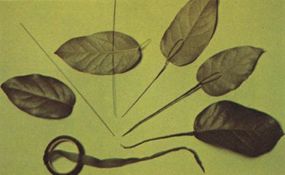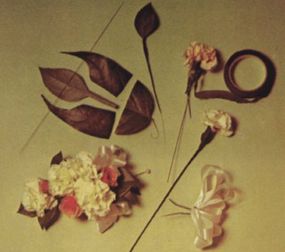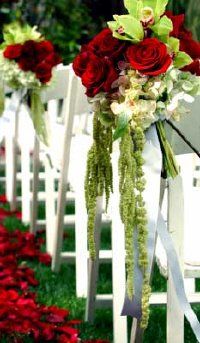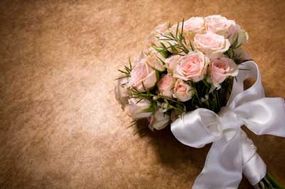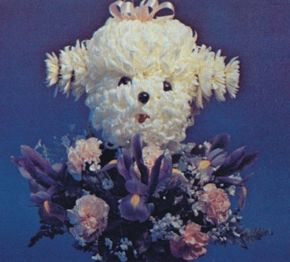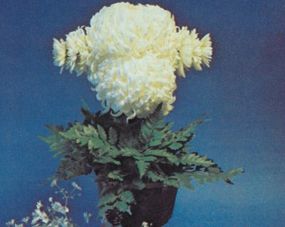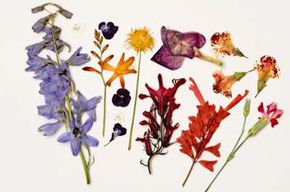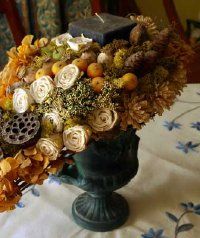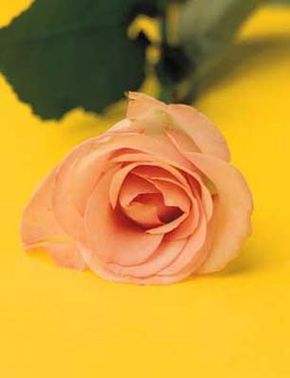Flowers have played a large part in our history since ancient times. Primitive man used the juices of flowers and plants to beautify his face, his body, and his cave.
The ancient inhabitants of northern Great Britain, called the Picts (picti-painted people) by the Romans, wore a blue dye made from the leaves of Isatis tinctoria (woad) with little else on formal occasions.
Advertisement
Still, it was mostly for their ability to nourish and heal the spirit that man came to love flowers so dearly.
In ancient Egypt, flowers of many kinds were used for personal and household adornment on special occasions. Lotus blossoms were a favorite. Garlands of them were worn around the head and neck, carried in the hand, or draped about temples on festive occasions. Stylized lotus designs were incorporated in the capitals of columns, in jewelry, on furniture and walls.
Certain ceremonies required flowers as part of the offering to the gods, or part of the funerary equipment of any well set-up pharaoh. When the inner case of King Tut's sarcophagus was opened in 1924, a small nosegay of field flowers was found resting on his chest.
Today, even if one is not up on all of the subtle meanings of flowers, a gift of flowers provides beauty for the eye, peace for the spirit, and a warm feeling of friendship. In this article we'll teach you how to arrange flowers and use them in unusual ways.
Flower Arrangement Materials are the items you want to keep in the house to create beautiful floral displays. Learn what you should buy at the hobby store.
Using a Water Pick to Arrange Flowers will create a bouquet that can surprise you. Find out how to use a water pick in this section.
Making a Flower Foil Basket is a satisfying task that creates a beautiful arrangement. We'll teach you how on this page.
How to Make a Corsage is a skill that a budding floral designer cannot be without. We'll show you all of the steps in this section.
How to Make a Bouquet might seem challenging, but is a fun way to prepare for a wedding. Learn from these step-by-step instructions.
How to Make a Floral Pet Poodle is an amusing way to surprise the pet lover in your life. See how easy it is to create this adorable arrangement using these guidelines.
Using Dry Plants in Flower Arrangements can add interesting dimension and texture. We'll show you how to beautifully incorporate these materials into your arrangement in this section.
The Significance of Flowers can help you to send the right message with your flower arrangement. Learn about the meaning of various flowers and foliage plants in this section.
Ready to stop and smell the roses? Learn which materials you need for floral arrangement in the next section.
